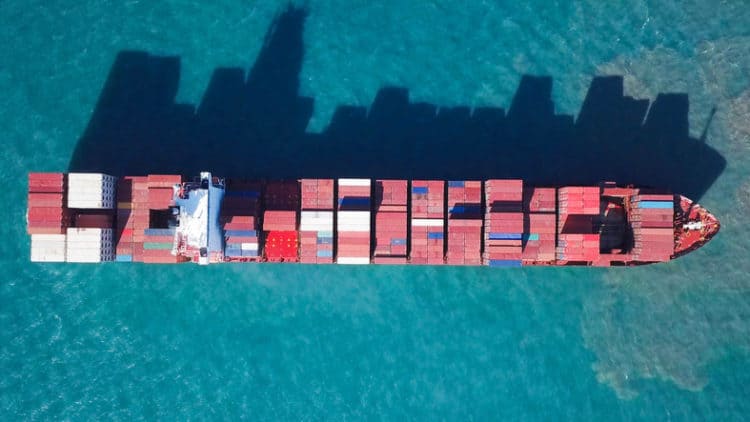Supply side strains in Asia Pacific will remain elevated at least through the end of the year, with energy and raw material cost inflation posing the biggest cost pressures for corporate debt issuers, followed by the effects of transportation bottlenecks, said Moody’s recently.
"The Russia-Ukraine crisis and continued pandemic-led disruption will hold back supply side recovery, despite initial signs of a gradual pickup in APAC,” said Lillian Li, a Moody's Vice President and Senior Credit Officer. “All corporate sectors in the region will be exposed to cost risks from supply side pressures to varying degrees through at least the end of this year.”
In addition, pandemic-related mobility restrictions remain strict in parts of the region and are creating new uncertainties," Li added.
Other supply side strains include labor shortages and wage pressures, transportation bottlenecks and cost pressures, and production capacity constraints, the credit rating agency noted.
Price pressures are particularly acute for the region's automotive, chemicals, energy and steel sectors, followed by the construction, metals and mining, property, technology hardware, semiconductor, telecommunications and utilities sectors, the firm said.
Companies' resilience will depend on their ability to offset cost pressures through price increases for downstream customers or end consumers, or through cost structure optimisation, according to Moody’s.
Moody's said its sectoral exposure comparison shows different pressure points for APAC compared with the US (Aaa stable) and EMEA.
Wage pressures are less of a cost concern for many APAC industries because the region's slower economic recoveries have minimized the drift in labor cost inflation, the firm pointed out.
However, like their counterparts in the EMEA, two-thirds of APAC corporate sectors are under moderate-to-strong cost pressures from rising energy and raw material costs, said Moody’s, adding that US companies in contrast are under less pricing pressure in this area.




